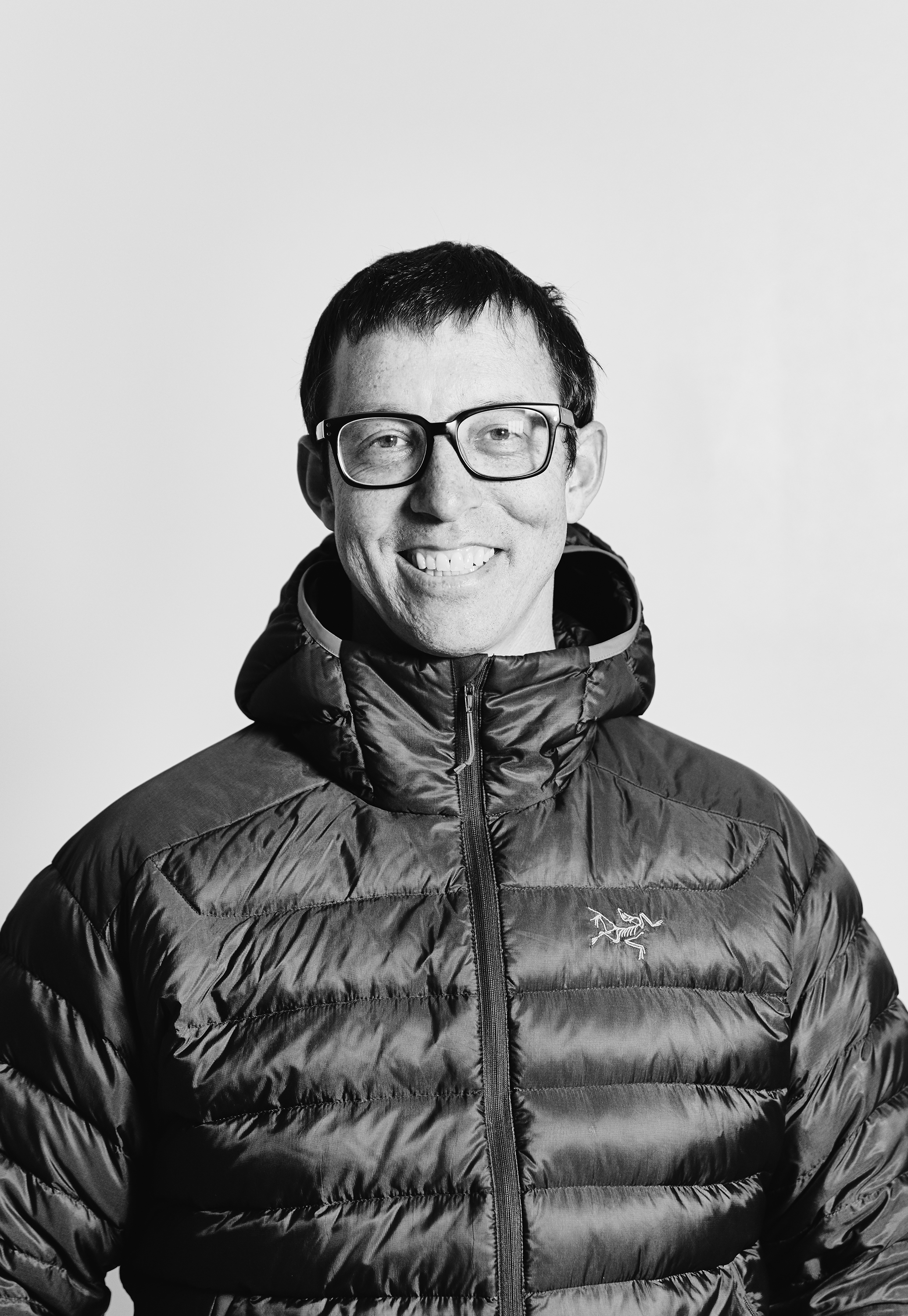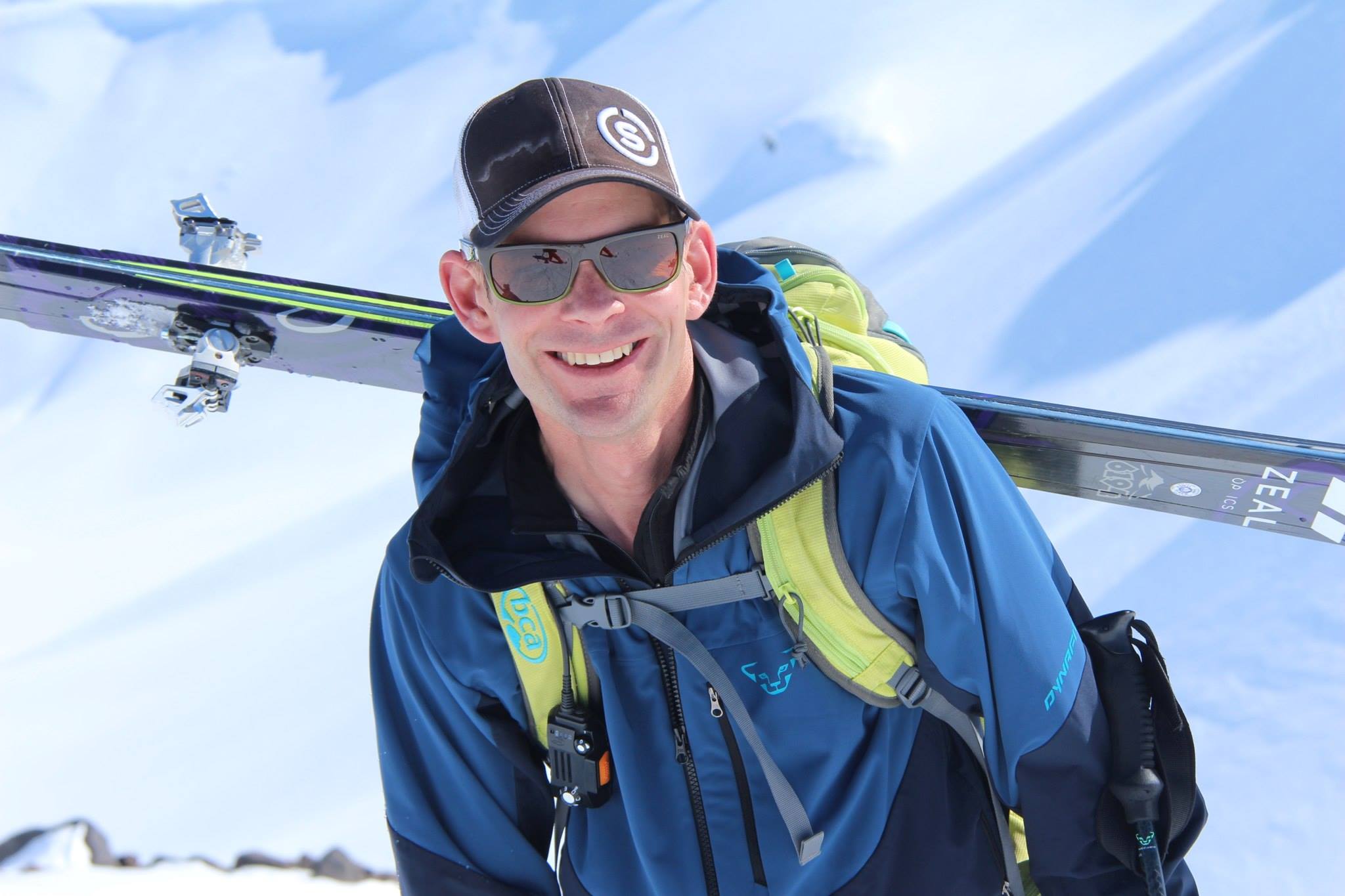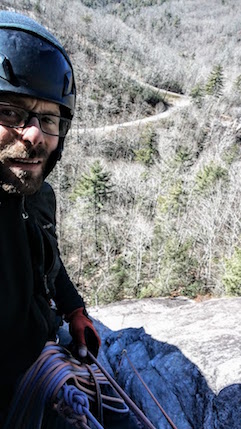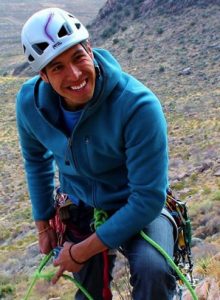Warriors, Way: Dealing With Performance Anxiety, Part II
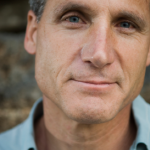 By Arno Ilgner, Certified SPI. This is the second in a series of articles on how guides can deal with performance anxiety. Read the first post.
By Arno Ilgner, Certified SPI. This is the second in a series of articles on how guides can deal with performance anxiety. Read the first post.
In the last lesson we developed intellectual awareness about performance anxiety while we are guiding/instructing. We understood how the brain works and about the mental shift we need to make with our motivation. Mentally, we must value a slow, stressful learning process. Instead of focusing our attention on tricks or techniques to deal with performance anxiety, we shift to a place where no performance anxiety exists. Once we do this, then we can focus all our attention on performing while guiding/instructing.
It’s not so easy to make this shift however. Intellectually we can understand it, but until we experience it, we’ll still feel anxious. We need to convert our intellectual awareness into experiential awareness. How do we do this? What we do when we’re guiding and performing can help us be more effective with overcoming it. We need to apply this shift. We need to demonstrate in our guiding that we value a slow, stressful learning process. We must be extremely intentional and attentive to how we guide.
How we guide and practice needs to emphasize this shift from fast, comfort, and end results to slow, stress, and processes. Below are points for making this shift. What we focus on expands. So, we don’t focus on how to diminish the fast, comfort, end results tendency; we guide and practice in a way that embodies a slow progression, values stress, and emphasizes processes.
First, the situation must enhance learning. Optimal learning occurs at our edge—between comfort and stress. It’s a zone where there’s just enough stress to cause us to pay attention, but not so much stress that our attention is distracted toward a desire to be comfortable. A perfect situation might be any of the AMGA’s rigorous courses and exams. Another is assessing what kind of route will create an optimal learning experience for clients. Learning is a conversion of stress to comfort. We must be able to relax into the stress. If there’s too much stress, then the body will tense. Proper breathing, eye focus, and engagement of the body fires neurons, wraps myelin, and builds a supportive neural network in the brain.
Second, we need to have a global understanding of guiding. Guiding includes many skills such as moving, resting, falling, thinking, and decision-making while in various environments–snow, ice, rock, etc. Having a global understanding of guiding means we find ways to practice all skills, even the stressful ones, that make up guiding. Once we’ve done that, we can find ways to practice each skill.
Third, to practice skills effectively we need to break them into their smallest chunks. We practice the individual chunks until we become proficient with them. Then, we slowly combine small chunks creating larger chunks and practice them.
Fourth we need to guide and practice in such a way that our attention is in the moment. This means, first of all, no talking or thinking when doing drills. If our attention is in the mind talking or thinking, then it isn’t in the body doing the task and noticing subtleties. If we’re going to be effective in our practice, then we must get our attention focused on what is actually occurring in the moment. We also need to do specific things to get our attention more in the moment. For example, when we practice short roping, we maintain awareness by keeping eye contact on what the client is doing and where we place our hands/feet so we don’t slip.
Fifth, we need to be intentional in our practice. We do this by setting an intention before beginning. If we’re practicing maintaining eye, then we set that intention before beginning. “I intend to maintain eye contact on what the client is doing and where I place my hands/feet.” If we don’t set an intention for how we choose to focus our attention, then our attention will shift to what’s easiest, the habits we’ve developed.
Finally, we need to practice until the skill becomes intuitive, where we can do it automatically. This requires ongoing, continual practice. We need to commit to an ongoing process of practice; it’s never over.
Challenging ourselves appropriately, having a global understanding of guiding, breaking down skills, getting our attention in the moment, being intentional, and ongoing practice, together, demonstrate a slow process that values stress. If we commit to this, then the fast, comfort, end results ego tendency will fall away. We’re focusing on what we want to expand, and with time, it expands to embody how we approach guiding. We’re now aligned with how the brain works. And, by applying this shift we grow the neural network and myelin wrappings in such a way that we want to engage stressful guiding experiences in the mountains. We’ve shifted to a place where the problem of performance anxiety no longer exists.
Arno Ilgner, of The Warrior’s Way ® / Desiderata Institute, says the intention of his organization is “to help people improve self-awareness so they can become more powerful when interacting with challenging situations, whether they are challenged by a demanding rock climb, operating a competitive business, being a better teacher, or more present parent.”Learn more on their website.





